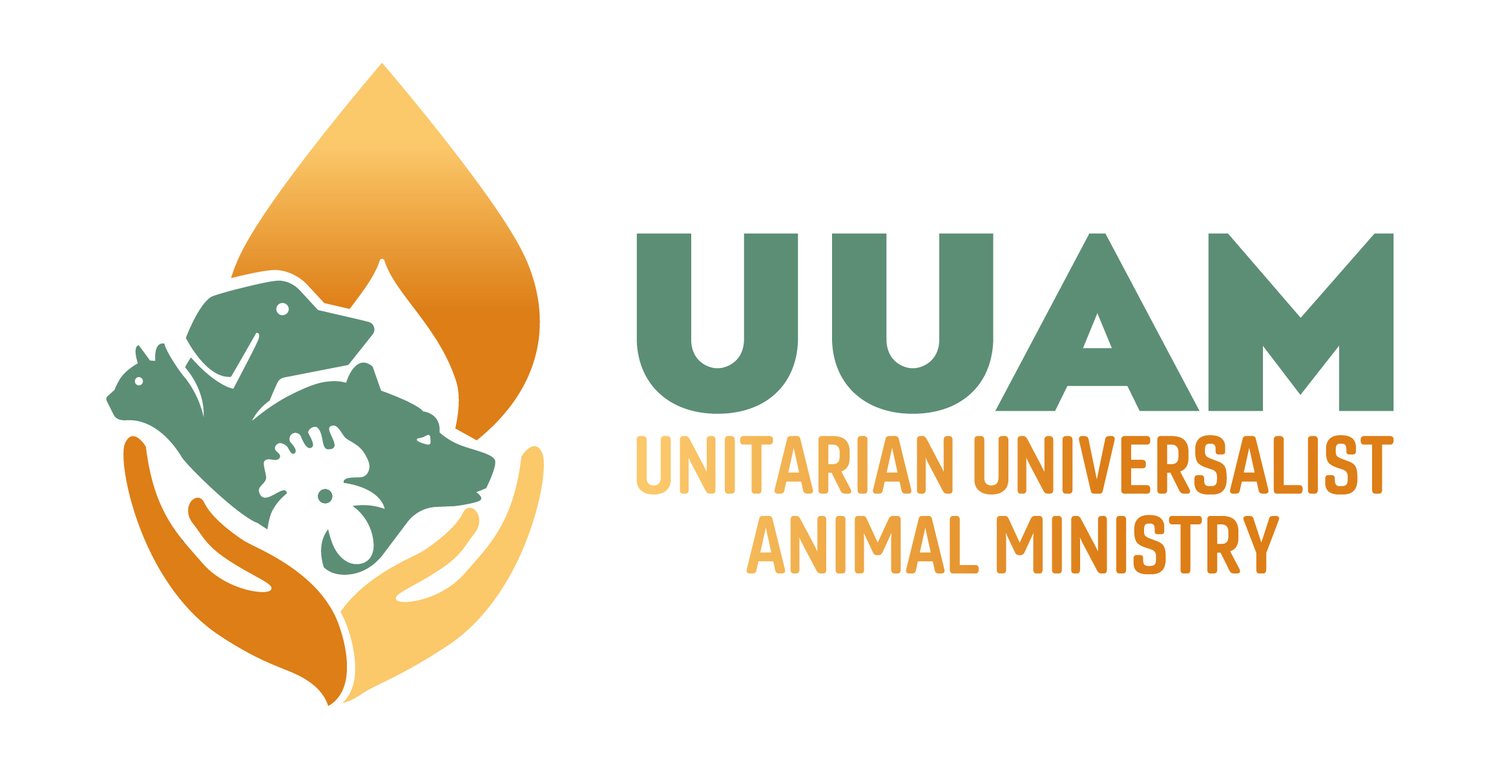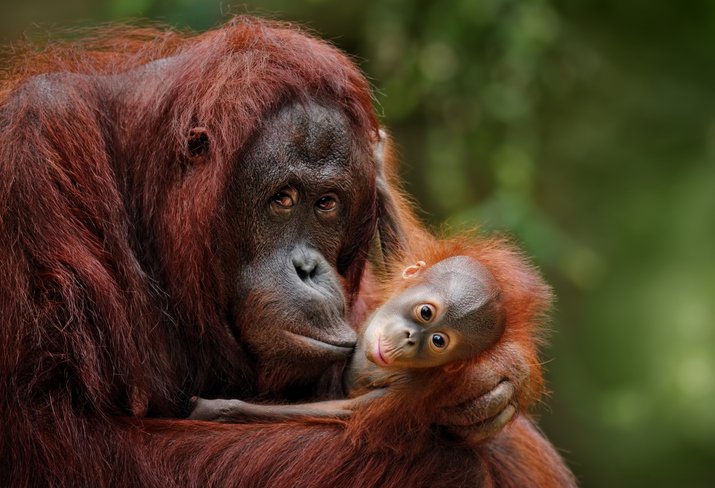Animal Sentience Activity
So what exactly is sentience? The London-based group World Animal Protection put it this way:
“Animal sentience means that animals are sentient beings with thoughts, feelings, and individual personalities. Our scientific research and evidence irrefutably prove this…Sentience is at the heart of everything we do.”
“Animals have needs and emotions surrounding comfort, companionship, and freedom; they can experience both physical and psychological pain. Whether we are working to end factory farming, or to stop cruel wildlife trade and entertainment industries, measuring and understanding sentience is vital in compelling people to change their behavior.”
The concept of “sentience” was developed in the 1630s by philosophers to capture the ability to feel, not just the ability to think. Debate about the concept continued over the years, and the notion languished particularly with the rise of Behaviorism in the early 20th century, which generally rejected the notion of conscious behavior in animals. As Jane Goodall noted, when she started her research with chimpanzees in 1960 her Cambridge professors were dismissive of the idea of animals having feelings and emotions. But in recent decades that has reversed, with considerable research now into animal sentience, particularly after Jane Goodall’s work, Ruth Harrison’s vivid descriptions of animal suffering in factory farms in her 1964 book “Animal Machines,” and Harvard University Professor Donald Griffin’s writings in the 1970s on animal minds. (An indicator of how far off track the academic world had gotten on this was the headline of his obituary in the New York Times: “Donald R. Griffin, 88, Died; Argued Animals Can Think.”)
Times have changed. As another UK-based group, Compassion in World Farming, wrote: “The growing scientific interest is showing what many people have long thought to be the case—that a wide range of animals are thinking, feeling beings. What happens to them matters to them.”
So here’s the basic idea for the activity: look at a list of familiar animals and check off whether you think each one exhibits the kinds of qualities we find in humans which were thought to “set us apart” and make us “special’’ (the ability to feel pain, feel joy, learn, communicate, etc.) are also found in non-human animals.
Here’s one way of putting this together, as a question grid:
Nine questions across the top of page:
1. Can they feel pain?
2. Can they feel joy, happiness?
3. Can they think, learn, problem-solve?
4. Can they communicate well?
5. Can they play, have fun?
6. Can they work together, collaborate?
7. Can they construct things, use tools?
8. Can they show empathy, kindness?
9. Do they have special capabilities we don’t have?
And here’s a possible list of animals to consider for the activity, which would be listed in rows going down the page: Dogs, Cats, Chimpanzees, Ravens, Dolphins, Octopuses, Bees, Snakes, Rats, Pigs, Chickens, Fish.
Then the idea is that for each of the nine questions, giving + when the animal has that property and ++ if the animal has it to a particularly impressive degree. For some of the questions the answers are fairly obvious, others require some thought and discussion (which is good) and possibly additional online research (which is easy to do—and sometimes yields surprising results). So, for example, for the questions about ravens, experience and research studies indicate that the likely answers would be + for 1, 2, 4, 6, and 9 and, since ravens are considered both highly intelligent and one of the most playful animals around (nice video on that), ++ for both 3 and 5. In addition, recent research, somewhat surprisingly, also indicates ravens can use tools to obtain food, so + for 7, and also can show empathy, so + for 8 too.
Not too long ago, very few of these boxes would have been checked—we’re making progress! Hopefully this activity might help all of us better appreciate that there’s a lot more to these non-human animals than often recognized, and that they are worthy of care, kindness, and respect. In a word, better appreciating their inherent worth and dignity as part of our interdependent web of all existence.

